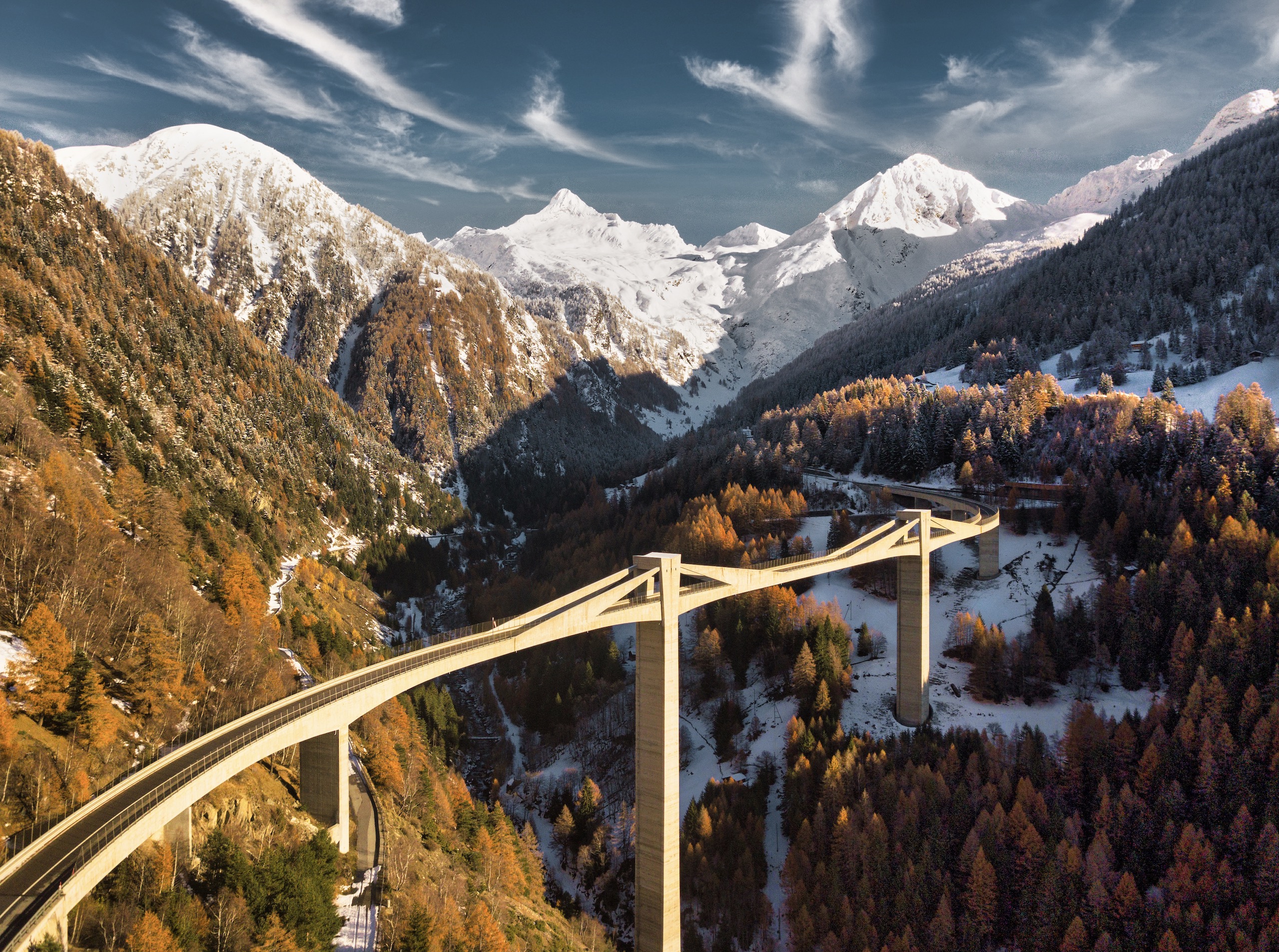Switzerland in November: A Journey Through Precision, Peace, and Purpose
In November 2019, I found myself behind the wheel of a rented car, tracing a loop that began in Zurich, dipped down into Milan, and wound back through the heart of Switzerland—through Lucerne, Lugano, Zermatt, Geneva, Lausanne, and Bern. The days were short, the air crisp, and the landscapes soaked in a quiet clarity that seemed to mirror the character of the country itself. What began as a road trip quickly evolved into a contemplative exploration of a nation defined not just by mountains and neutrality, but by a spirit of remarkable calm, restraint, and craftsmanship.
Zurich greeted me with its orderly beauty—clean trams gliding through cobblestone streets, the muted elegance of its banks, and the soft luster of lake reflections by evening. It felt like a city engineered for inner balance. Nothing screamed for attention, and yet everything functioned precisely as it should. That was my first real impression of Switzerland: things work. And not just mechanically, but socially, culturally, and even emotionally.
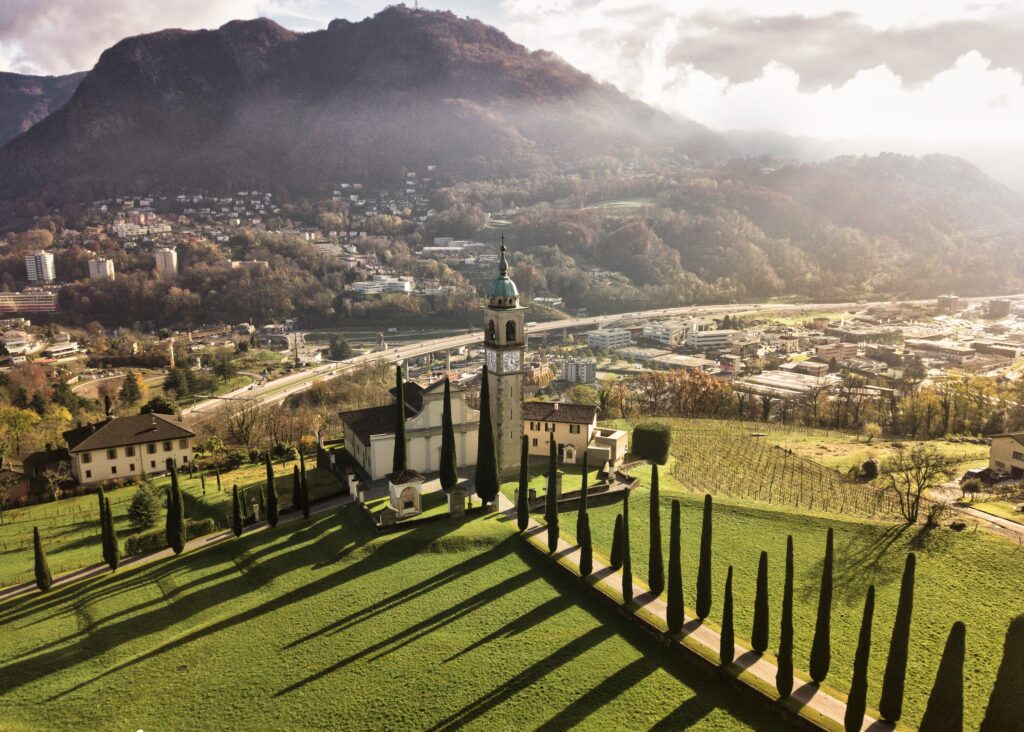
Driving out of Zurich, I began to notice how Swiss calmness isn’t just a stereotype—it’s embedded in the very landscape. The roads, though winding and at times hemmed in by peaks, felt safe, intuitive, maintained with obsessive care. Even the signage had a quiet efficiency, almost as if designed to reassure. When I reached Lucerne, a jewel of medieval charm on the edge of Lake Lucerne, the calm became something physical—reflected in the still water, in the slow walk of locals along the Chapel Bridge, in the symmetrical facades of Renaissance buildings mirrored by the sky.
Lucerne also revealed another Swiss trait: precision as an aesthetic. Here, centuries-old clock towers don’t just mark time—they celebrate it. The Swiss didn’t invent timekeeping, but they elevated it to art. And that’s a pattern I would continue to notice: whether it’s in a mechanical watch or a wooden alpine chalet, the value of doing things well, and doing them right, echoes through Swiss culture.
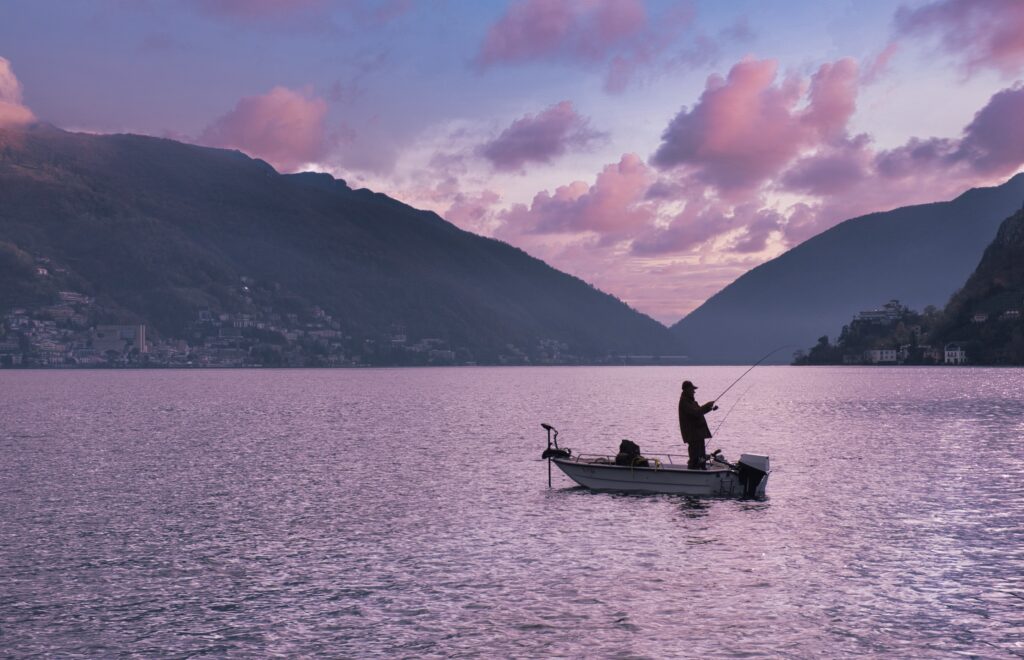
From there, I pushed southward to Lugano, brushing past the Italian border, where the language shifts but the Swiss character remains. Even in this more Mediterranean-feeling region—with its palm trees, cappuccinos, and lakeside promenades—there was a certain restraint in manner, a preference for poise over passion. It reminded me that Swiss identity is not one-dimensional. It’s a tapestry woven from German, French, Italian, and Romansh threads—but stitched together by a common commitment to balance.
Crossing the border into Milan briefly brought a sensory jolt: louder streets, looser traffic, more visible emotion. I adored the contrast, but as I drove back north into the Alps, it was as though Switzerland pulled a blanket of serenity back over me. That night I arrived in Zermatt, at the foot of the mighty Matterhorn. No cars are allowed in the town, so I left my vehicle behind and boarded an electric shuttle that hummed quietly through narrow streets. Snow was beginning to fall. The town felt like a postcard come to life: timber lodges glowing with warm interiors, mountaineers moving with quiet purpose, a cathedral of white peaks surrounding it all.
It was in Zermatt that I felt Switzerland’s spiritual essence most clearly. Here was a country whose geographic extremes—its mountains, valleys, and climate—could easily invite chaos. And yet, in response, the Swiss have created order. This order doesn’t suppress freedom; it makes it possible. It felt, at times, like the whole country was a meditation on containment—not to stifle, but to refine.
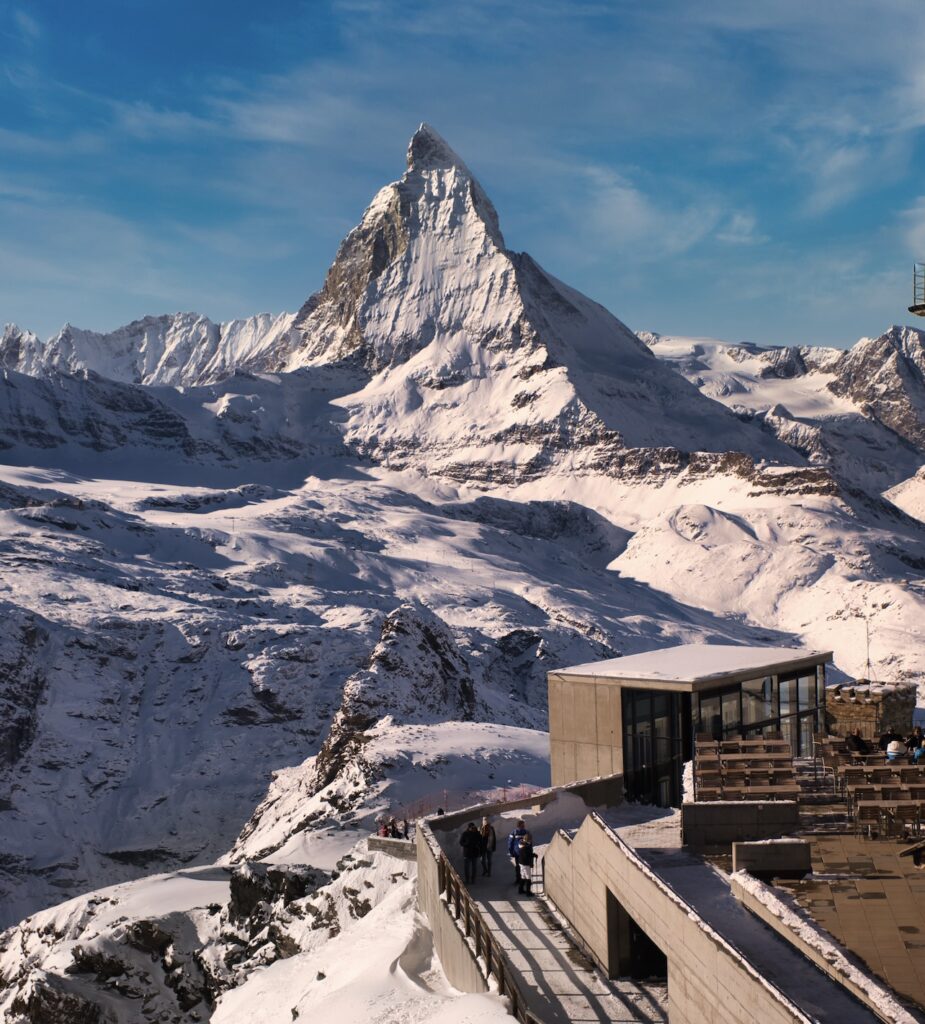
Continuing west to Geneva, then Lausanne, and up to Bern, I began to see the broader canvas of Swiss society. Geneva, seat of diplomacy, carries the ethos of neutrality with pride. The presence of the UN, Red Cross, and international NGOs is not just a political feature—it’s part of the city’s DNA. And you feel it, even as a visitor: the emphasis on listening over declaring, on consensus over conquest. There’s a seriousness here, but also a serenity. People speak with intention. Silence isn’t awkward—it’s thoughtful.
Lausanne, with its artistic flair and lakeside elegance, added a youthful energy to the journey. Bern, with its sandstone arcades and bear pit, grounded it in history. But through all these cities, one theme repeated itself: design. The way buildings blend into the landscape rather than dominate it. The way modernity is folded gently into medieval streets without fanfare. Swiss architecture, like its politics, seems to whisper, “We are here for the long run.”
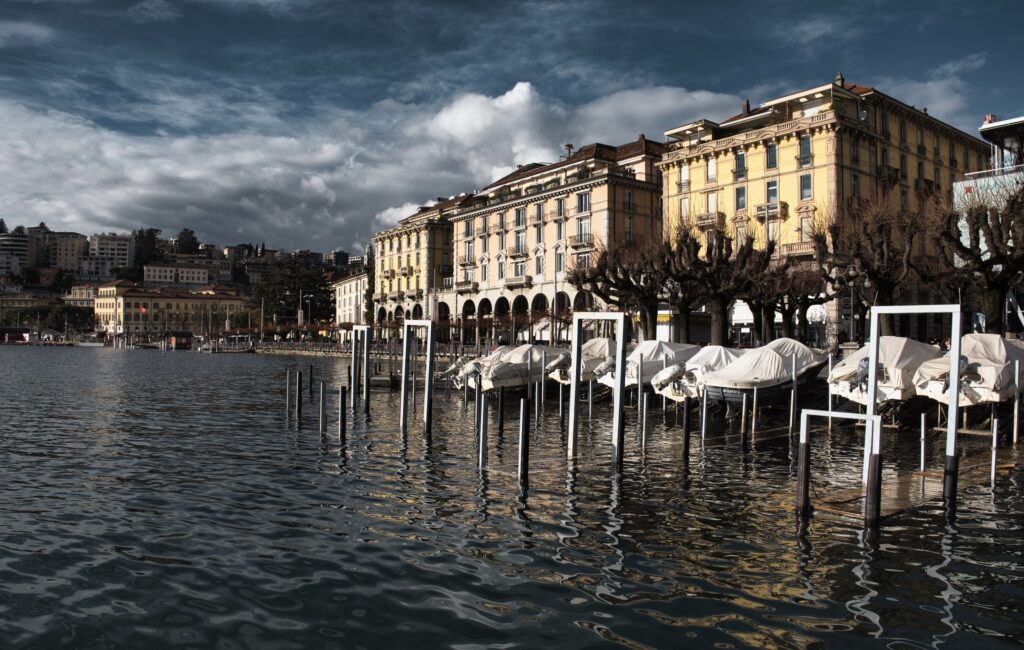
And that’s what makes Switzerland feel so unique—not its wealth or its scenery, but its durability. It’s a country that has resisted the extremes of ideology and upheaval not through complacency, but through deliberate balance. Direct democracy here isn’t just a system; it’s a mindset. Cantonal autonomy, multilingual education, decentralized governance—these are not just policies but reflections of a cultural truth: that stability is earned through shared restraint and mutual respect.
As a visitor, I didn’t just see these values—I felt them. In the consistent politeness of service staff, in the confidence that things will be where they’re supposed to be, in the absence of noise both literal and metaphorical. There’s a kind of societal silence in Switzerland, and within it, space for reflection. It reminded me that peace isn’t just the absence of conflict; it’s the presence of order, dignity, and care.
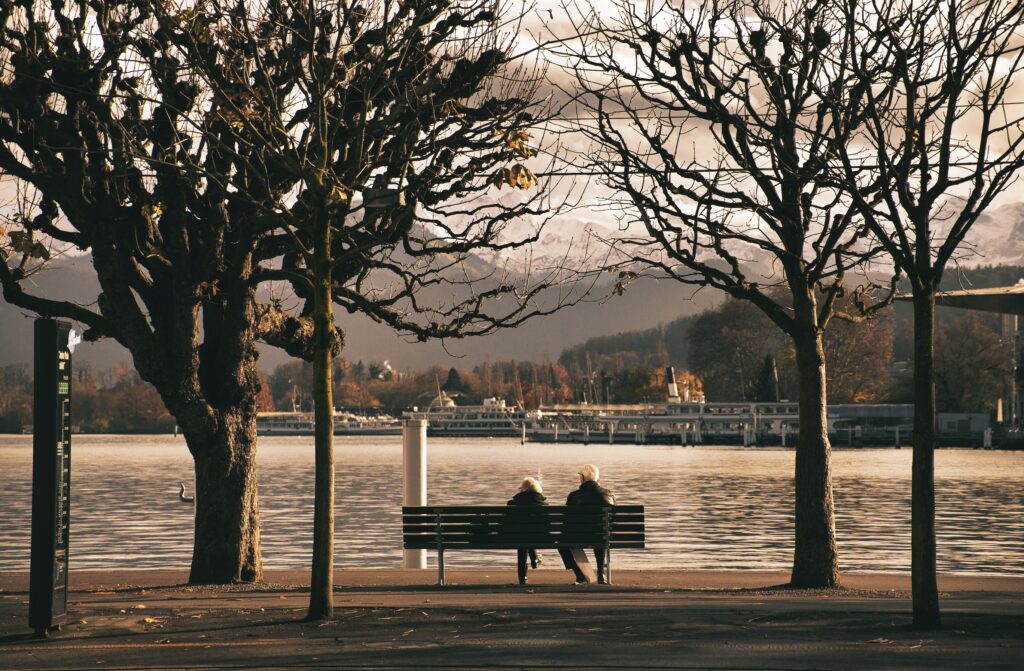
Driving back to Zurich at the end of my loop, I realized that Switzerland had changed my pace. I was driving slower, noticing more, expecting less friction from the world. It was as if the country had tuned me, gently, into a quieter frequency.
Switzerland may be small, but it’s vast in the wisdom it quietly offers. In a world racing toward disruption, there’s something profoundly reassuring about a place that still believes in building things to last—whether it’s a democracy, a watch, or a simple wooden bench facing the mountains.
